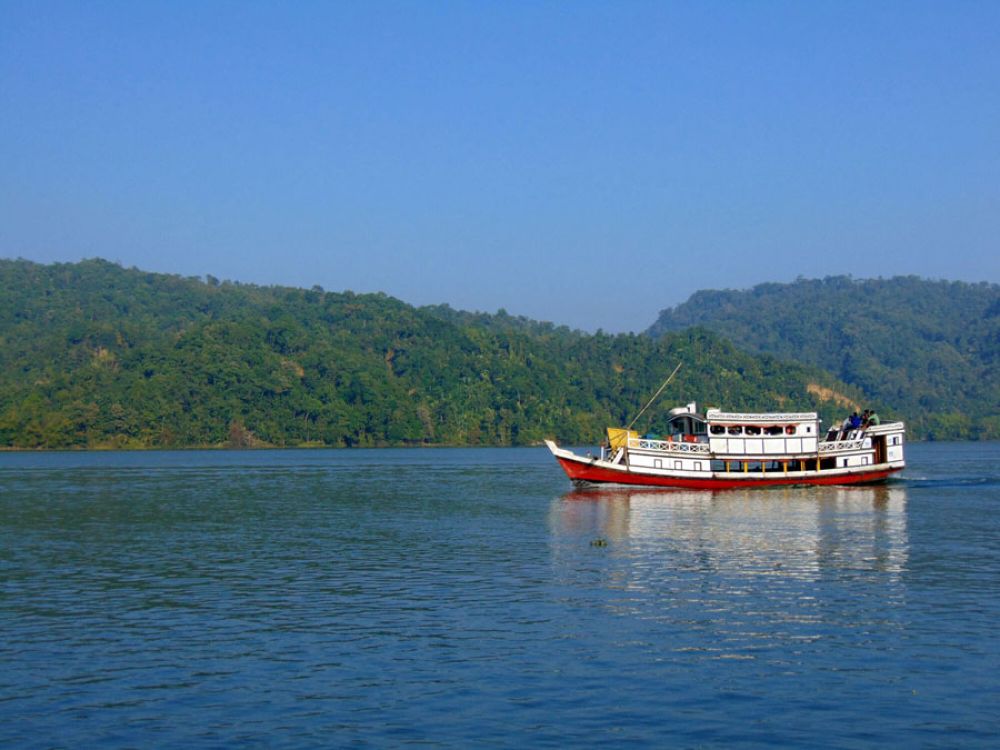

Nestled amidst the verdant hills of the Chittagong Hill Tracts, Rangamati is a bastion of natural beauty and cultural diversity in Bangladesh. The history of tourism in Rangamati is intertwined with its enchanting landscape, vibrant indigenous cultures, and the iconic Kaptai Lake.
The inception of tourism in Rangamati can be traced back to the early 1960s with the completion of the Kaptai Dam and the subsequent formation of Kaptai Lake. This became a turning point as it created one of the largest man-made lakes in South Asia, thus laying the foundation for the region’s touristic appeal.
Over the years, the district has become synonymous with eco-tourism and ethnic tourism, given its lush green landscape and the diverse ethnic communities residing there. Places like the Rangamati Hanging Bridge, the tribal museum, and the Shuvolong Waterfalls have played pivotal roles in drawing visitors both from across the nation and abroad.
Tourism has significantly impacted the local economy by creating a myriad of opportunities ranging from handicraft businesses to hospitality services. The ethnic communities, known for their distinctive handloom products and craftsmanship, have gained a broader platform to showcase their culture and traditions to tourists.
In recent years, sustainable and responsible tourism has become a trend in Rangamati as travelers are becoming progressively mindful of their environmental footprint and cultural impact. The local authorities and tour operators are thus emphasizing eco-friendly practices and community-based tourism to safeguard Rangamati’s heritage.
The COVID-19 pandemic posed a substantial challenge to the tourism industry in Rangamati. However, with the easing of restrictions and the introduction of health and safety protocols, there is an uptick in domestic tourism as locals look to explore the beauty of their own country while international borders remain uncertain.
Going forward, the focus on digital marketing and online presence is expected to grow, catering to the millennial and Gen Z travelers who seek digital connectivity and online booking facilities. Investments in improving infrastructure and transportation are also underway to ensure that Rangamati remains a top destination for tourists seeking serenity and an authentic cultural experience.
The tourism sector in Rangamati has evolved from being a hidden gem to becoming one of Bangladesh's most cherished tourist destinations. Its history of tourism reflects a journey through times of discovery, development, and a current era that calls for balance between growth and preservation. As Rangamati continues to welcome tourists with open arms, it stands as a testament to Bangladesh’s potential in showcasing unparalleled natural beauty coupled with rich cultural tapestry.